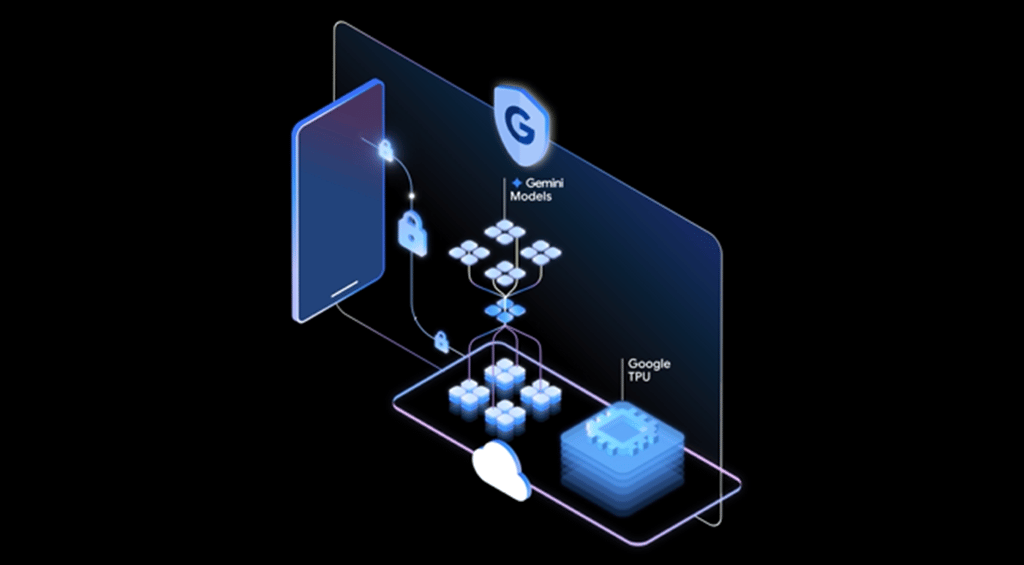Datamation content and product recommendations are
editorially independent. We may make money when you click on links
to our partners.
Learn More
Platform-as-a-service (PaaS) is emerging as the next big cloud battleground for IT vendors.
Increased demand for cloud application infrastructure services will propel the PaaS market to $2.9 billion in 2016 from $900 million in 2011, according to Gartner. This year, the market is on target to reach $1.2 billion.
Cloud Storage and Backup Benefits
Protecting your company’s data is critical. Cloud storage with automated backup is scalable, flexible and provides peace of mind. Cobalt Iron’s enterprise-grade backup and recovery solution is known for its hands-free automation and reliability, at a lower cost. Cloud backup that just works.
SCHEDULE FREE CONSULT/DEMO
Why PaaS and why now?
As other segments of the cloud computing market stabilize and mature, vendors will start to eye greener pastures, says Gartner research director Fabrizio Biscotti. In a company statement, he remarks, “Of all the cloud technological aspects, infrastructure as a service (IaaS) and software as a service (SaaS) are the most mature and established from a competitive landscape perspective, while PaaS is the least evolved.”
“For this reason, PaaS is where the battle between vendors and products is set to intensify the most. It comes as no surprise that the PaaS competitive landscape is still in flux, with traditional application infrastructure vendors facing competition from new large players moving into the market, and myriad specialized PaaS pure players cutting into their slice of profits,” adds Biscotti.
Industry heavyweights won’t shy away from this market, even if revenue growth fails to excite, explains Yefim Natis, distinguished analyst at Gartner. “All software mega-vendors are strategically investing in the PaaS market despite the relatively modest projected market revenue,” he says.
For IT giants, PaaS represents a small, yet critical component in establishing big and potentially lucrative cloud ecosystems.
“The vendors expect their leadership in the PaaS market to translate to large and effective ecosystems of partners, developers and solutions. PaaS technologies are embedded in many other types of cloud services — all major opportunity channels. The direct revenue in the PaaS market grossly underestimates the importance of this part of the cloud architecture,” informs Natis.
Over 70 percent of PaaS solutions fall into the application infrastructure and middleware (AIM) category. Established IT companies, notably acquisition-prone firms like IBM and Microsoft, are just now about to roll out their own AIM products and enter the PaaS market. Since they only hold a sliver of the market and the market is young, expect “more competitive landscape disruption over the next three years,” says Gartner.
As it stands now, cloud application platform-as-a-service (aPaaS) takes the lion’s share of the market. aPaaS will account for 34.4 percent of total PaaS spending in 2012. Rounding out the top four are cloud application life cycle management (almPaaS, 12 percent), cloud BPM platform services (bpmPaaS, 11.6 percent) and cloud integration services (iPaaS, 11.4 percent).
While a modest market at the moment, the U.S. leads in PaaS spending with 42 percent of the market. Mature economies — classified by Gartner as the U.S., Western Europe and Japan — make up nearly 90 percent of the global market. Emerging markets will begin to make their presence felt as consolidation and global rollouts from established players become the norm, predicts the research firm.
Pedro Hernandez is a contributing editor at InternetNews.com, the news service of the IT Business Edge Network, the network for technology professionals. Follow him on Twitter @ecoINSITE.
-
Ethics and Artificial Intelligence: Driving Greater Equality
FEATURE | By James Maguire,
December 16, 2020
-
AI vs. Machine Learning vs. Deep Learning
FEATURE | By Cynthia Harvey,
December 11, 2020
-
Huawei’s AI Update: Things Are Moving Faster Than We Think
FEATURE | By Rob Enderle,
December 04, 2020
-
Keeping Machine Learning Algorithms Honest in the ‘Ethics-First’ Era
ARTIFICIAL INTELLIGENCE | By Guest Author,
November 18, 2020
-
Key Trends in Chatbots and RPA
FEATURE | By Guest Author,
November 10, 2020
-
Top 10 AIOps Companies
FEATURE | By Samuel Greengard,
November 05, 2020
-
What is Text Analysis?
ARTIFICIAL INTELLIGENCE | By Guest Author,
November 02, 2020
-
How Intel’s Work With Autonomous Cars Could Redefine General Purpose AI
ARTIFICIAL INTELLIGENCE | By Rob Enderle,
October 29, 2020
-
Dell Technologies World: Weaving Together Human And Machine Interaction For AI And Robotics
ARTIFICIAL INTELLIGENCE | By Rob Enderle,
October 23, 2020
-
The Super Moderator, or How IBM Project Debater Could Save Social Media
FEATURE | By Rob Enderle,
October 16, 2020
-
Top 10 Chatbot Platforms
FEATURE | By Cynthia Harvey,
October 07, 2020
-
Finding a Career Path in AI
ARTIFICIAL INTELLIGENCE | By Guest Author,
October 05, 2020
-
CIOs Discuss the Promise of AI and Data Science
FEATURE | By Guest Author,
September 25, 2020
-
Microsoft Is Building An AI Product That Could Predict The Future
FEATURE | By Rob Enderle,
September 25, 2020
-
Top 10 Machine Learning Companies 2021
FEATURE | By Cynthia Harvey,
September 22, 2020
-
NVIDIA and ARM: Massively Changing The AI Landscape
ARTIFICIAL INTELLIGENCE | By Rob Enderle,
September 18, 2020
-
Continuous Intelligence: Expert Discussion [Video and Podcast]
ARTIFICIAL INTELLIGENCE | By James Maguire,
September 14, 2020
-
Artificial Intelligence: Governance and Ethics [Video]
ARTIFICIAL INTELLIGENCE | By James Maguire,
September 13, 2020
-
IBM Watson At The US Open: Showcasing The Power Of A Mature Enterprise-Class AI
FEATURE | By Rob Enderle,
September 11, 2020
-
Artificial Intelligence: Perception vs. Reality
FEATURE | By James Maguire,
September 09, 2020
SEE ALL
CLOUD ARTICLES









